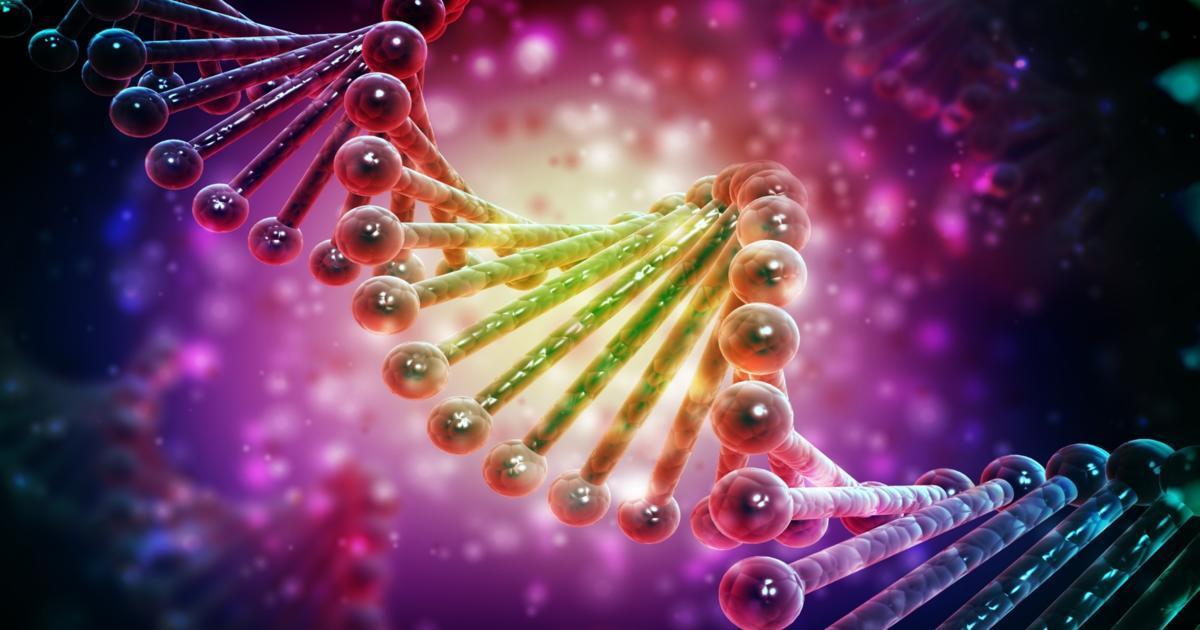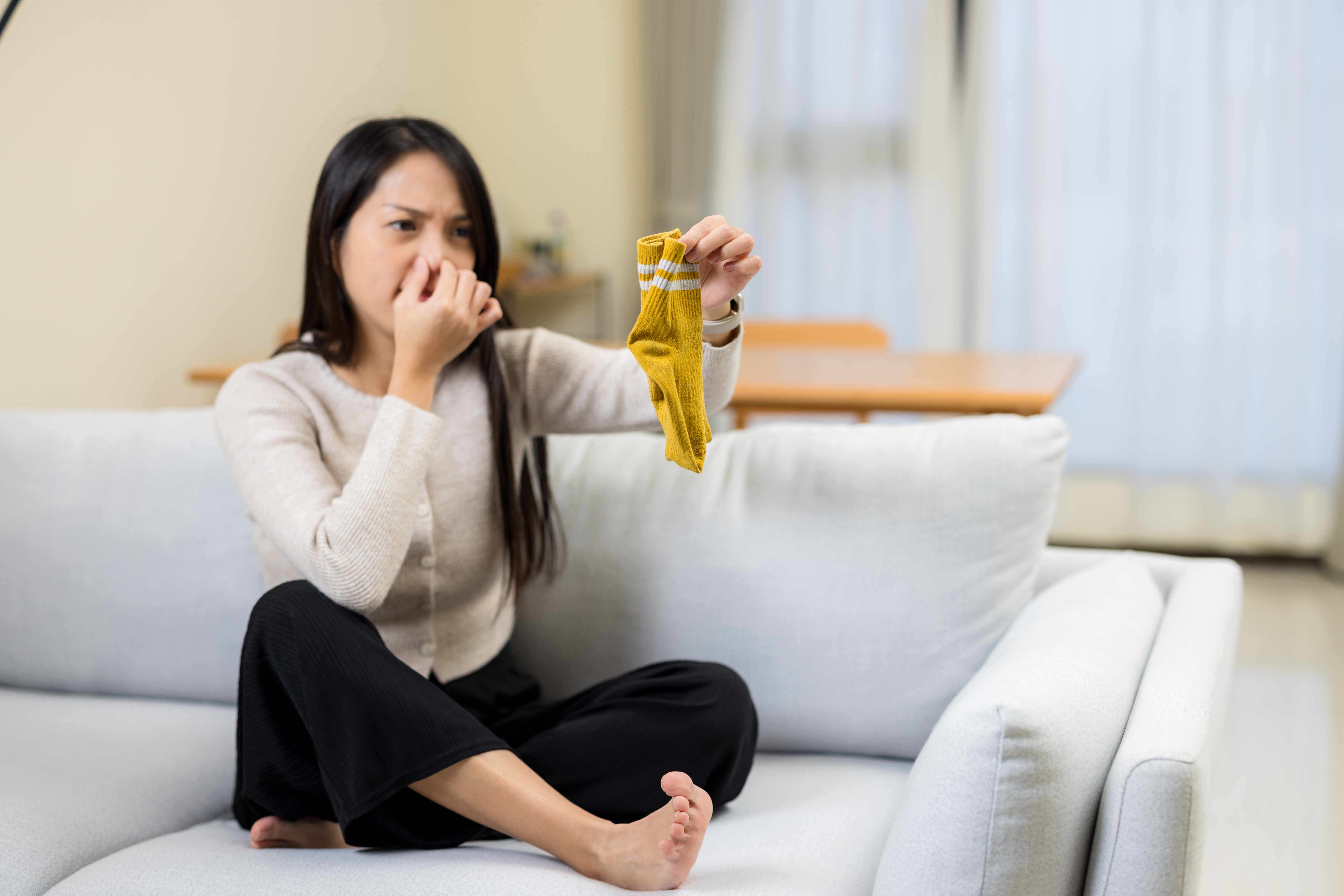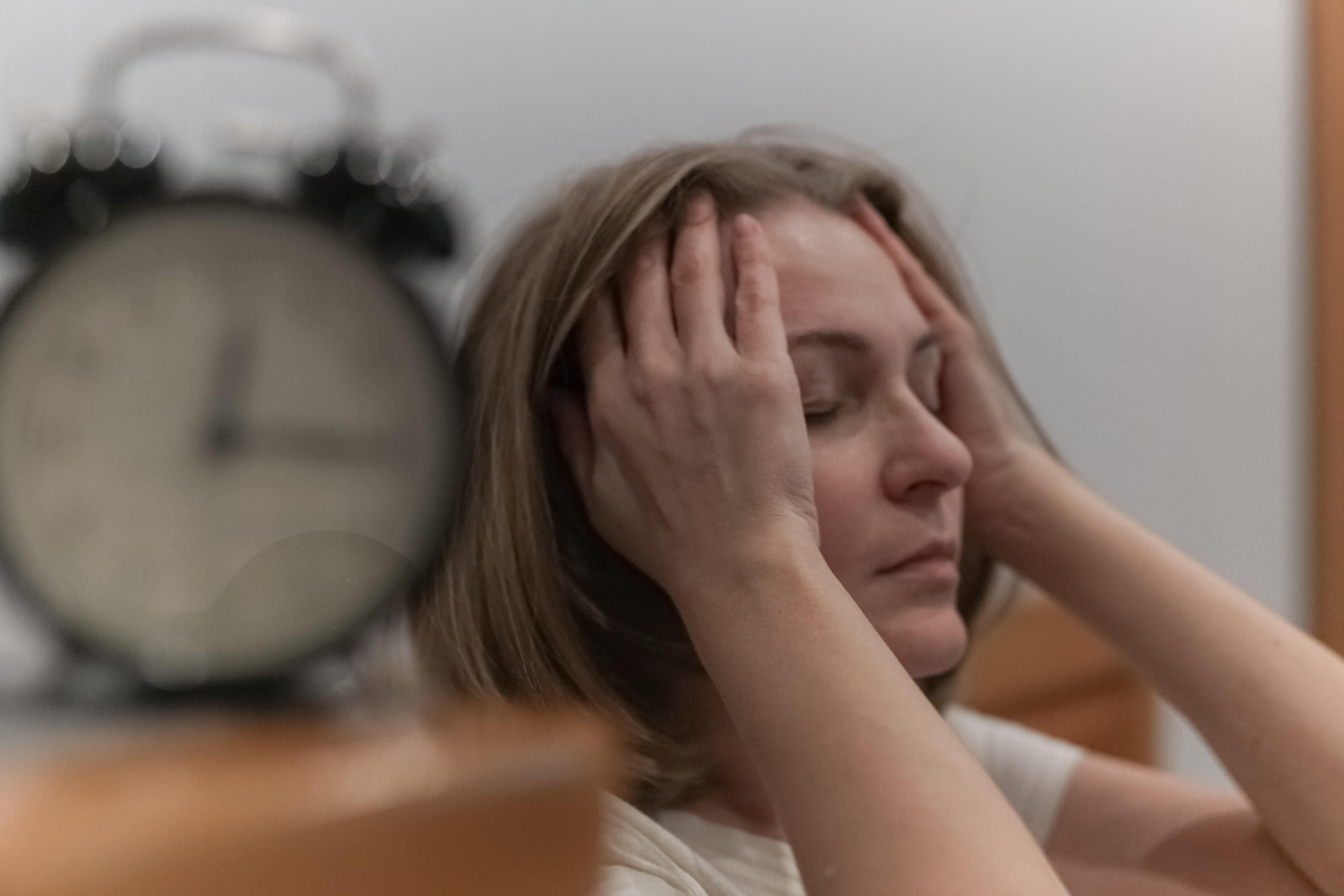10 Mind-Boggling Reasons Behind Your Pounding Migraines
It starts with a whisper – a strange scent, a flicker in your vision, an inexplicable craving. Then, the whisper escalates into a cruel symphony: a jackhammer pounding behind your eye, a searing nausea that twists your gut, and a crippling sensitivity that makes light and sound your tormentors. This isn't just a headache; it's a migraine, an insidious hijack of your senses that can steal hours, even days, of your life. For the millions who suffer, these debilitating attacks are a cruel enigma, often dismissed or misunderstood. But what if the relentless throbbing isn't always what it seems? What if the root causes are far stranger, more intricate, and utterly mind-boggling than you ever imagined? Prepare to have your perceptions about migraines shattered...
1. Genetics

Scientists are currently studying the relationship between genetics and migraines. Current estimates suggest children of parents with migraines have a fifty to seventy-five percent chance of developing the condition themselves. Research on familial hemiplegic migraines, a type of migraine that runs in families, has identified alterations of the CACNA1A, ATP1A2, SCN1A, and PRRT2 genes as a cause of this particular condition. The alterations are inherited through an autosomal dominant pattern, which means patients with only one copy of an altered gene inherit the condition. However, some patients with the inherited alteration never display symptoms of familial hemiplegic migraines. Additional research published in 2013 identified specific substitutions that occurred on the MTHFR gene as factors that increased a patient's likelihood of experiencing migraine symptoms.
2. Imbalances In Brain Chemicals

Researchers believe certain imbalances in brain chemicals could be a contributing factor in the development of migraines. Serotonin is currently recognized as one of the major chemicals that may contribute to migraines. As a neurotransmitter, serotonin helps nerve cells communicate with one another, and it is also responsible for the narrowing of the blood vessels that could increase pain sensitivity in patients with migraine headaches. A Taiwanese study published in 2017 investigated more than five hundred migraine patients found a strong correlation between migraines, depression, and anxiety. Imbalances of serotonin are known to cause depression, and a particular type of migraine known as serotonin migraine is associated with serotonin deficiency. Just before a serotonin migraine attack, the patient's level of serotonin will abruptly rise and fall. Given the association between serotonin and migraine, doctors often prescribe antidepressants such as selective serotonin reuptake inhibitors as part of a treatment program. For women, fluctuating levels of estrogen that occur with monthly menstrual cycles are also recognized as potential migraine triggers.
3. Stress

Some patients find stress causes them to experience migraine symptoms, and stress may also increase the severity of these headaches. Stressful life events such as the death of a family member, unemployment, divorce, or a move could lead to a migraine, and chronic stress at work, home, or school may also be a trigger. For example, patients could experience a migraine due to the stress associated with hurrying to meet a project deadline or with caring for a new baby or a sick family member. Keeping a headache trigger journal often provides valuable information the patient and their doctor can use to plan effective treatment. Patients should write down the date, time, source of stress, and duration of each episode, and it can also be helpful to write down emotions experienced during and after the episode. Adopting healthy coping mechanisms and practicing relaxation strategies may improve stress management and symptom control. Patients might wish to experiment with deep breathing or meditation, and doctors can provide information on sources of community support.
4. Bright Lights And Glare

More than seventy percent of migraine patients experience sensitivity to bright lights and glare during migraine attacks. This sensitivity is slightly more common in young adults under forty years old. Patients affected by lights and glare could experience pain when exposed to flickering lights, flashing lights, or sunlight. High-contrast lights, blue-green light wavelengths, and the invisible pulsations of fluorescent lighting could also be painful for affected individuals. Many patients have more frequent migraines during the summer when sunlight is especially intense. Some patients may find light sensitivity lingers for several days after a migraine attack, and this may be severe enough that the patient needs to wear tinted glasses while indoors. Lying down in a dark room during periods of light sensitivity is often helpful. Patients should always let their doctor know about any new or worsening light sensitivity.
5. Weather Changes

Weather changes could worsen the severity of migraine symptoms for some patients, and they may also cause serotonin imbalances that trigger a migraine attack. Triggers related to weather changes can vary considerably for each individual. For example, some patients may find their migraines are triggered by bright sunlight or glare from the sun, and high humidity, dry air, and extreme heat or cold could lead to migraines for others. Barometric pressure changes and windy or stormy weather may also trigger or exacerbate migraines. Since weather changes are beyond our control, they can often be one of the most frustrating migraine triggers for patients. To make it easier to cope, doctors recommend patients keep a headache diary with any weather-related symptom changes, and patients might want to monitor the weather daily. If possible, staying inside during stormy weather and periods of extreme heat or cold is recommended to reduce symptoms.
6. The "Weekend Warrior" Effect (Sudden Drop in Stress)

Paradoxically, relief from stress can sometimes trigger a migraine. Known as "let-down headaches," this phenomenon occurs when chronic stress hormones (like cortisol) suddenly plummet, often on weekends or during vacations. Your brain, accustomed to heightened activity, reacts to this sudden change in chemical balance with a painful rebellion. It's a cruel twist, where the very act of relaxing can usher in the throbbing pain you were trying to escape, making true decompression a minefield.
7. Dehydration (Even Mild Levels)

While seemingly obvious, the sheer subtlety of dehydration as a migraine trigger is often overlooked. It's not just about extreme thirst; even mild, chronic dehydration can reduce blood volume and oxygen flow to the brain, stressing the delicate nerve endings. Our brains, being eighty percent water, are incredibly sensitive to fluid imbalances. For migraine sufferers, simply not drinking enough water throughout the day – perhaps even from a long meeting or forgetting a bottle – can be enough to ignite that familiar, pounding headache.
8. Certain Odors and Scents (Chemical and Natural)

Beyond obvious allergens, certain smells can be potent migraine triggers. This isn't just a preference; for some, specific chemical fragrances in perfumes, cleaning products, or even exhaust fumes can directly stimulate cranial nerves, leading to an attack. Even strong natural scents like certain flowers or pungent foods can be culprits. It’s an involuntary sensory overload, where the air itself becomes a source of excruciating pain, forcing sufferers to avoid certain environments.
9. Disrupted Sleep Patterns (Too Much or Too Little)

Your internal clock, the circadian rhythm, is a delicate mechanism, and any disruption can wreak havoc. Not just sleep deprivation, but also oversleeping on weekends or fluctuating bedtimes can trigger migraines. This is because irregular sleep patterns affect neurotransmitter levels and hormone regulation in the brain. The brain thrives on routine, and even a slight deviation from its preferred sleep schedule can send it into a pain-inducing tailspin.
10. Hormonal Fluctuations (Especially in Women)

While mentioned briefly, the profound impact of fluctuating hormone levels, particularly estrogen in women, deserves its own spotlight. Many women experience "menstrual migraines" during their cycle, often right before or during menstruation when estrogen levels drop sharply. Pregnancy, menopause, and hormonal birth control can also be significant triggers. The brain's sensitivity to these shifts highlights a complex interplay between the endocrine and nervous systems.
Unlocking the Migraine Enigma

The journey into the depths of migraine causes is a fascinating, if sometimes frustrating, exploration. From the silent coding of our genetics to the unpredictable dance of brain chemicals, and from the harsh realities of light and weather to the surprising impact of stress relief and subtle dehydration, these headaches are far more complex than a simple pain in the head. Understanding these mind-boggling triggers isn't just academic; it's empowering. By recognizing the intricate web of factors, sufferers can begin to unravel their personal migraine mystery, paving the way for more effective management, tailored prevention strategies, and ultimately, a life less dictated by the relentless throb. The answers lie not just in medication, but in a deeper, more nuanced appreciation of our body's extraordinary sensitivities.